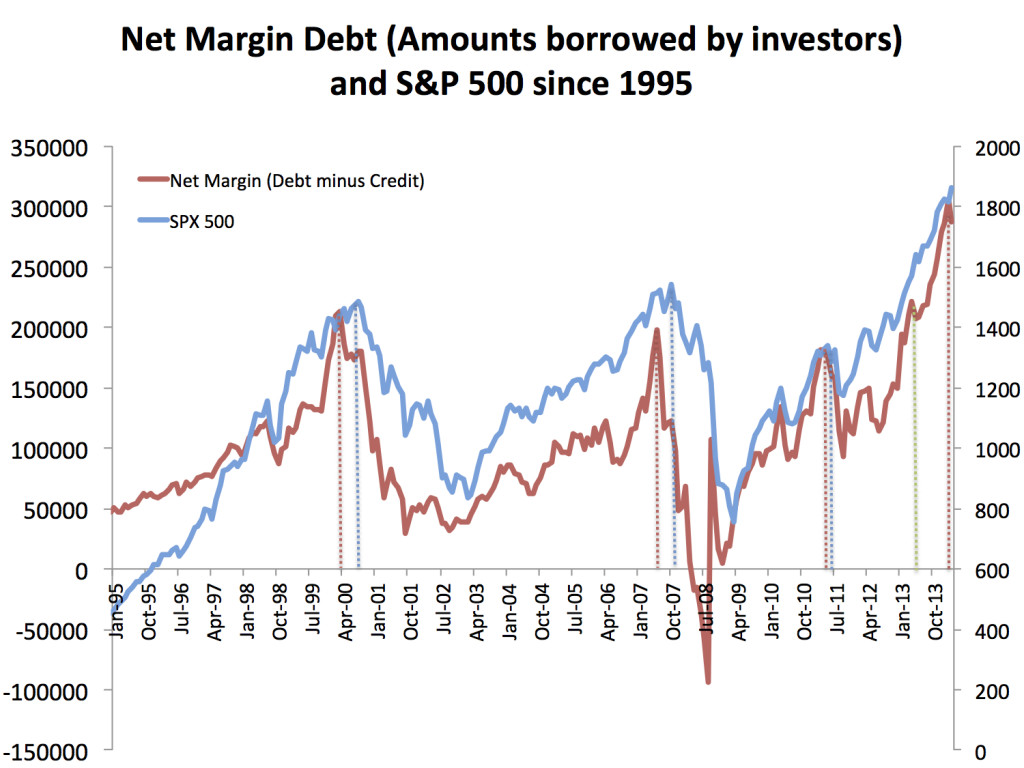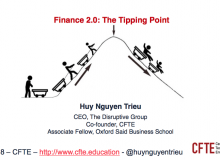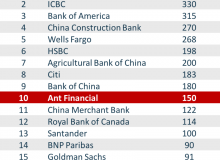If you remember my previous post about the opportunities in Fintech, I used a graph to show that there is a risk for markets to go down – and therefore to adopt a certain investment strategy in Fintech.
Disruptive Finance is a blog about the impact of technology on finance – and not a blog about trading ! – so I did not elaborate too much. But it seems that people liked the graph and wanted to understand more. I have therefore updated the graph and added a few comments below :
What we can see from this graph is the following :
– There is a very good correlation between the level of the stock market and the amount borrowed in margin accounts. This intuitively makes sense : as the stock market goes up, people tend to buy more stocks, and be more leveraged. On the other hand, when the stock market goes down, margins are called and the debt amount decreases.
– The latter explains why stock market crashes can be violent : when shares drop and investors are heavily leveraged, margin calls force them to liquidate their positions which then push shares lower, etc.
– What is interesting is that in 2000, 2007, 2011, margin debt peaked (red dotted lines) before the stock market peaked (blue dotted lines)- in general 3 to 6 months before. In my opinion, that reflects the psychology of investors – with some starting to feel uneasy about the market, and starting to decrease leverage – before that spreads to more investors.
– Which might also explain why these 3-6 months have been historically volatile with markets down and up a lot.
– It is not obviously a 100%-accurate indicator. Leverage seemed to have peaked in 2013 (green dotted line) but markets did not fall at all – on the contrary they gained more than 20% since.
Where are we today ?
– The latest data from March 2014 show that leverage has started to go down between February and March.
– It is a red or green signal ? I have absolutely no idea ! However, it might be prudent to be prudent, and not overly leveraged when leverage is already very high in the system.
How does it impact Disruptive Finance and Fintech ?
– If you are an investor, this might of course have an impact on the valuation you are ready to pay. My conclusion from the previous article could be summarised as Invest, Due Diligence, Keep Cash.
– If you are an entrepreneur, I think there is a real argument to lock in financing in the current environment.
– When I was an entrepreneur, I never thought about the macro environment – I was really focused on my business, and how to grow it. With hindsight, this was wrong because in a bull market, it’s all about growth and the top line (first mover advantage !) , whereas in a bear market, it’s all about the bottom line (profitability !).
– In all cases, I think the next few months will be important one way or another. It is therefore important to monitor how the markets develop in order to adapt the financing strategy accordingly.
Whether you are an investor or an entrepreneur, I would be very interested to have your views on how you see the current environment. Don’t hesitate to send me an email.
CAVEAT : Remember that this is not a trading blog, and I’m not giving investment advice. I’m trying to look at the big picture for investments in Fintech, and I think that valuation is a key component of a successful investment in Fintech.








